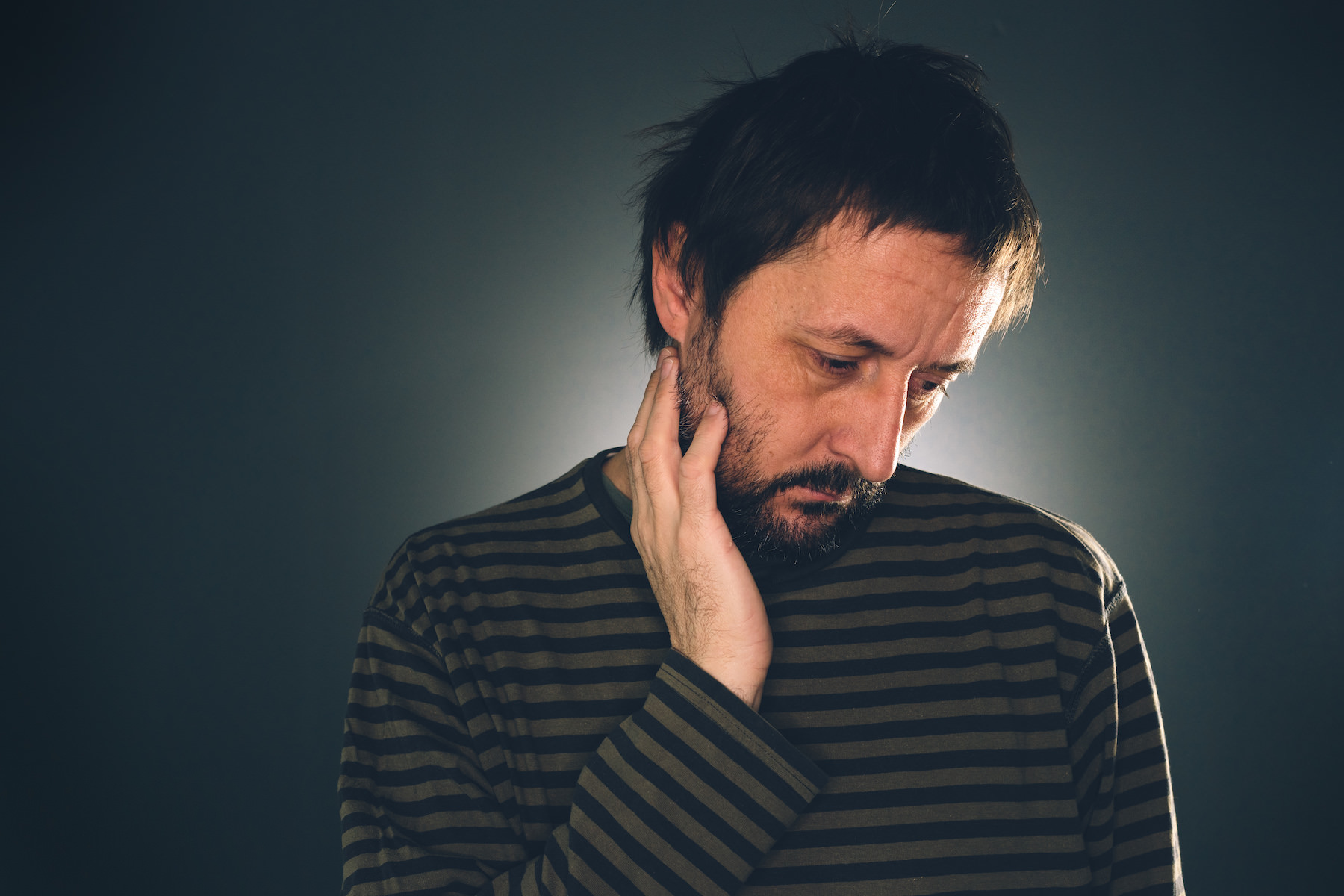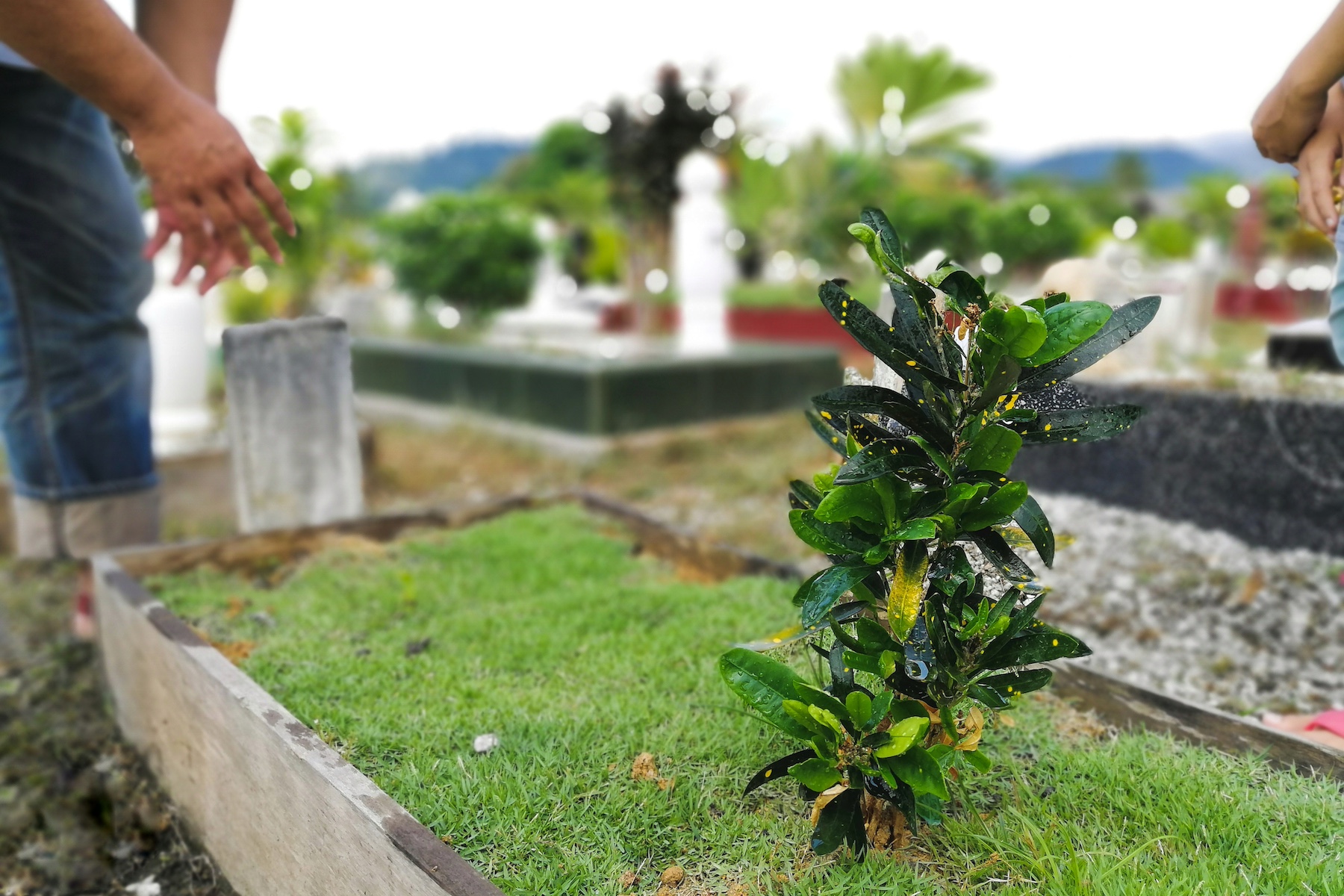Suicide is something that touches many of us at some point in life. Research shows that about half of people know someone who died by suicide. It’s something called suicide exposure, and it can increase your risk of developing depression. But that’s just one scary statistic about suicide that every American should know.
Eye-Opening Statistics About Suicide in the U.S.
The number of people who died by suicide in 2020 reached nearly 46,000. Every 11 seconds someone became a victim of suicide. Every 11 seconds a family was changed forever and left with many questions. There’s a lot still to learn about suicide, but the most recent stats paint a fairly clear picture.
Leading Cause of Death
Although the thought of suicide is inconceivable to most, it’s unfortunately all too common. Suicide is the:
2nd leading cause of death for people between the ages of 10-14.
9th leading cause of death for people between the ages of 10-64.
People who are 85 or older have the highest suicide rate overall.
Rising Suicide Rate
The current statistics are bad enough, but a huge concern is that the suicide rate is increasing. The suicide rate between 2000 and 2018 rose sharply by 30%. There are concerns that effects from the pandemic will only worsen the situation.
Thinking About Suicide
Seriously considering the idea of suicide is called suicidal ideation. It’s much more common than many people realize. In 2020 alone:
12.2 million people seriously thought about attempting suicide.
3.2 million people planned out an attempt at suicide.
1.2 million people attempted suicide.
That equals out to 1 in 26 people seriously considering suicide. While most people never act on the idea, thinking about suicide is much more common than we realize.
Groups That Are at Higher Risk
Some people are at a higher risk of death by suicide. The groups that are at more risk include:
- White males
- Men are four times more likely to die by suicide compared to women
- 73% of all suicide deaths are white males
- Non-Hispanic American Indian/Alaska Native
- People living in rural areas
- Veterans
- People who identify as gay, lesbian, bisexual or transgender, especially younger people
The One Positive Suicide Statistic
Many people who attempt suicide luckily don’t succeed. And 90% of those who don’t won’t die by suicide.
The Connection Between Mental Health and Suicide
There’s a reason why experts now suggest we stop saying “committed suicide” and instead use the terms “death by suicide” and “died by suicide.” It’s estimated that 90% or more of suicides involve someone with a mental health condition.
That would mean almost all people who die by suicide are in an altered mental state. They aren’t thinking rationally. They aren’t making a logical, conscious decision to end their life. They aren’t committing anything.
It’s time to remove the stigma and better understand suicide so that we can prevent more people from dying too early. That can start by simply calling it what it is so that the deceased has more dignity in death.
If you or someone you know is experiencing suicidal ideation talking to someone who understands can help. The Suicide and Crisis Lifeline is 988. You can call or text the number any time to connect with someone who cares about what you’re going through.



